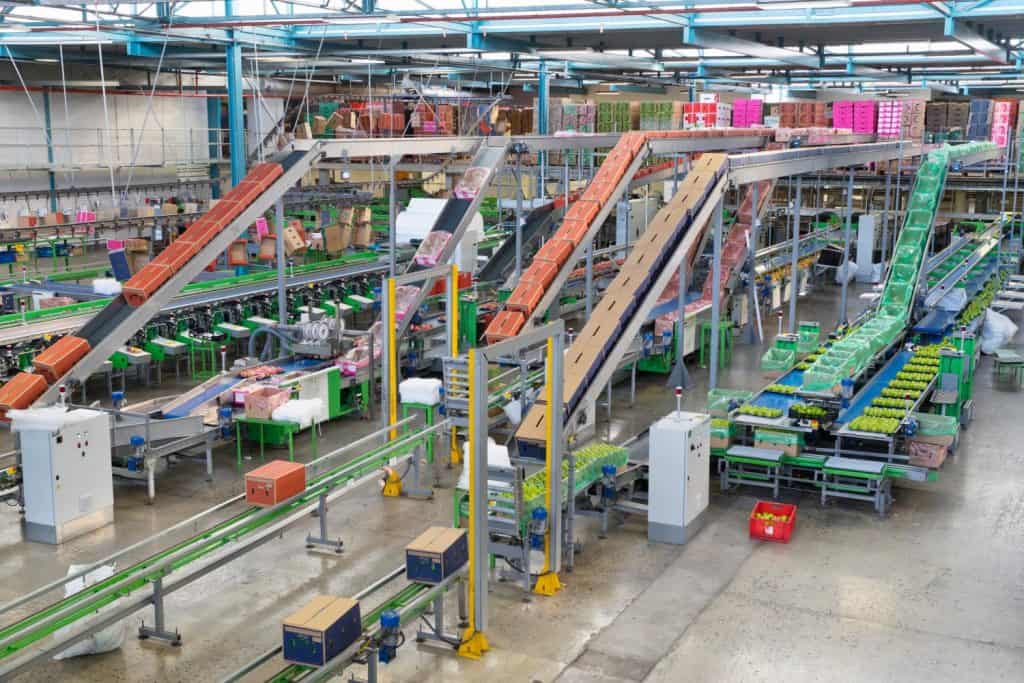
Your work should have a lot of value that is apparent to your customers. Some of the work done to ensure that a quality product ends up in their hands will be invisible to them and add no value. That does not mean, though, that it is not necessary.
Overview: What is Necessary Non-Value Adding (NNVA)?
These activities are necessary to complete work with the present operations and/or equipment. They do not add value to the customer but must be present to get business done.
3 Drawbacks of NNVA

©Juice Flair/Shutterstock.com
There are a few drawbacks of NNVA:
1. Some Are Tricky to Identify
While some activities that do not add value can be easily spotted and eliminated, it is likely complicated to identify all of the activities in your operations that do not add value to your customers but are necessary for the health of your business.
2. Time
Making sure that your business is adequately on top of its necessary non-value-adding activities may take more time than a customer would like. Explore if there is any waste involved in the processes related to these necessary activities that can be eliminated.
3. Difficult to Quantify for a Customer
When a customer wants something right now, necessary non-value-adding activities can be difficult to quantify for a customer. For example, some customers might want you to subvert government regulations to have a service provided faster. Having to adhere to government regulations is a non-value-added activity since if you do not abide by the regulations, you could lose your business license.
Why Is NNVA Important to Understand?
Necessary non-value-adding is an important concept to understand for several reasons:
They Are Part of Your Processes
NNVA activities are simply a part of doing business. Some of them will simply be unavoidable parts of the processes inherent in getting your product or service to your customers. That said, all of the steps in your processes should be analyzed. Having a clear understanding of all the steps involved will make you a better businessperson as well as show you ways to save money and increase customer satisfaction.
You Need to Understand What Cannot Be Eliminated
None of us like to spend money where we don’t have to. When looking at your company’s books, it is important to know what costs can be eliminated and which are necessities.
Some Necessary Non-Value-Adding Activities May Be Temporary
One example of an NNVA could be equipment that is outdated or a work method that is behind the times. While these may be necessary under current conditions, these could change and improve over time.
An Industry Example of Necessary Non-Value-Adding

One customer has it as part of their contract that a minimum number of lots should be ready to go and kept on the floor a week before they are to be shipped. This causes frustration amongst staff because it means extra inventory that is taking up space. This can be seen as NNVA because, while it does not add any value, it is a necessary activity since it is part of a customer’s contract.
3 Best Practices When Thinking About NNVA
Here are some things to keep in mind when thinking about NNVA
1. Is It Necessary?
Some examples of necessary non-value-adding activities in your business would be meeting customer specifications, adhering to government regulations, ensuring that industry standards are kept, and having to currently use outdated machinery. It may be found that some of these things are not concrete in the long term, namely customer specifications or the use of outdated machinery.
2. Just Because They Are Necessary, Does Not Mean They Cannot Be Improved
While necessary non-value-adding activities are unavoidable, that does not mean that the processes involved cannot be improved. One example would be the filing and copying of documents. While this is necessary, it may be found that the worker doing this activity is creating waste by spending too much time doing the filing. It may be found that another worker could do this necessary activity more efficiently.
3. Room for Improvement May Be Finite
There is always room to improve the processes that make up your business. There will indeed be room to improve your necessary non-value-adding activities, but this is one area where eventually you may find that there is no further advancement likely for things like cost-saving after a certain number of improvements.
Other Useful Tools and Concepts
If you’re on the hunt for some more useful information, you’re in the right place. Learning how to implement DMADV can see you transforming broken processes into something much more beneficial from your organization. See how it differs from DMAIC in our comprehensive guide.
Additionally, you’ll have to pay close attention to Cpk throughout any production. Learning how this calculation functions and how it applies to your Process Sigma will prove useful for any work where you’re looking to see the defects in a production line.
NNVA and Your Business
Understanding what activities are necessary but non-value-adding is an important aspect of the health of your business. Knowing where cuts can be made and where they absolutely cannot can help ensure that moves are not made that could make your business suffer.
Some things, like adhering to government regulations, are just a part of being able to keep your business running. Knowing how to improve your processes around these necessary activities can only help.